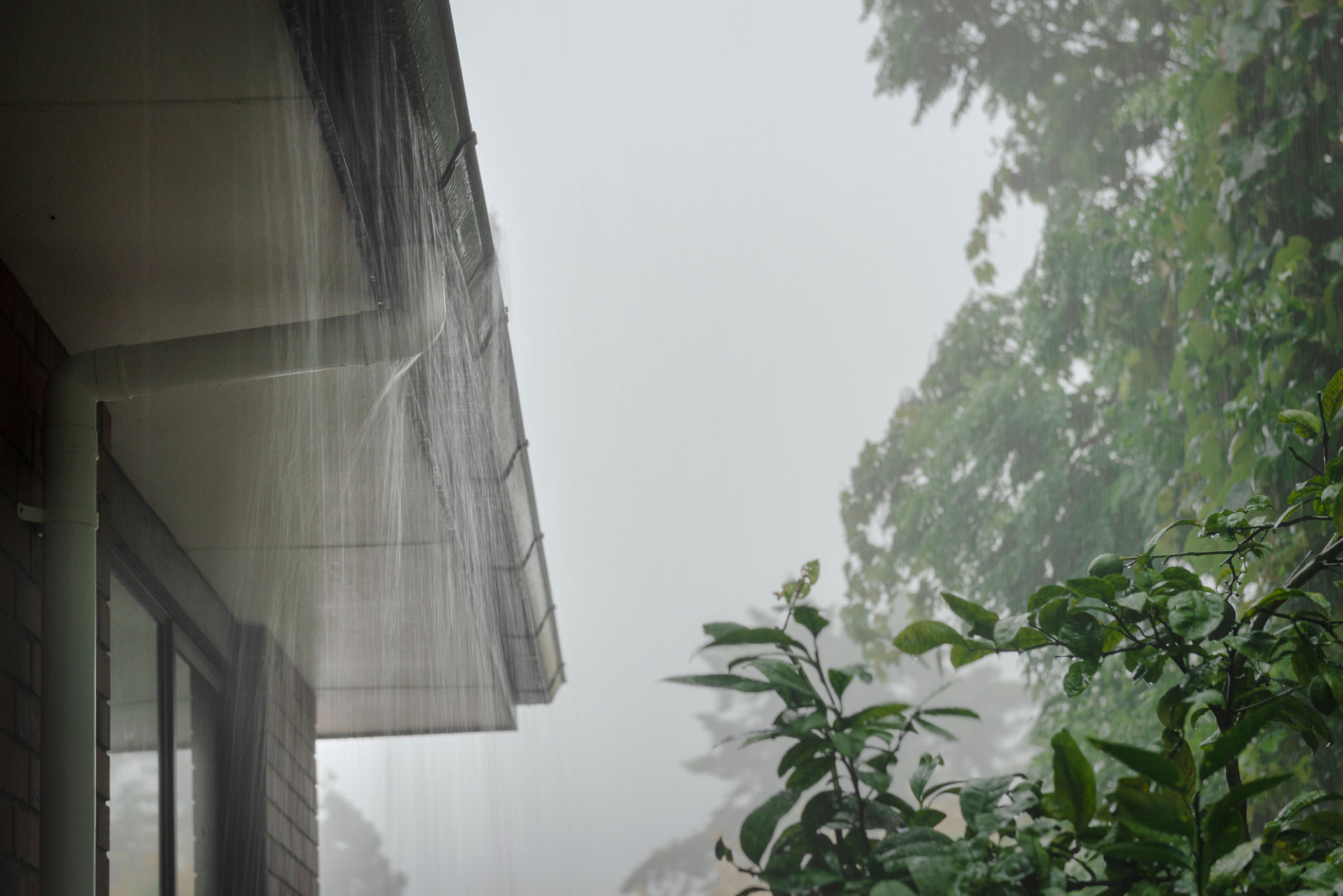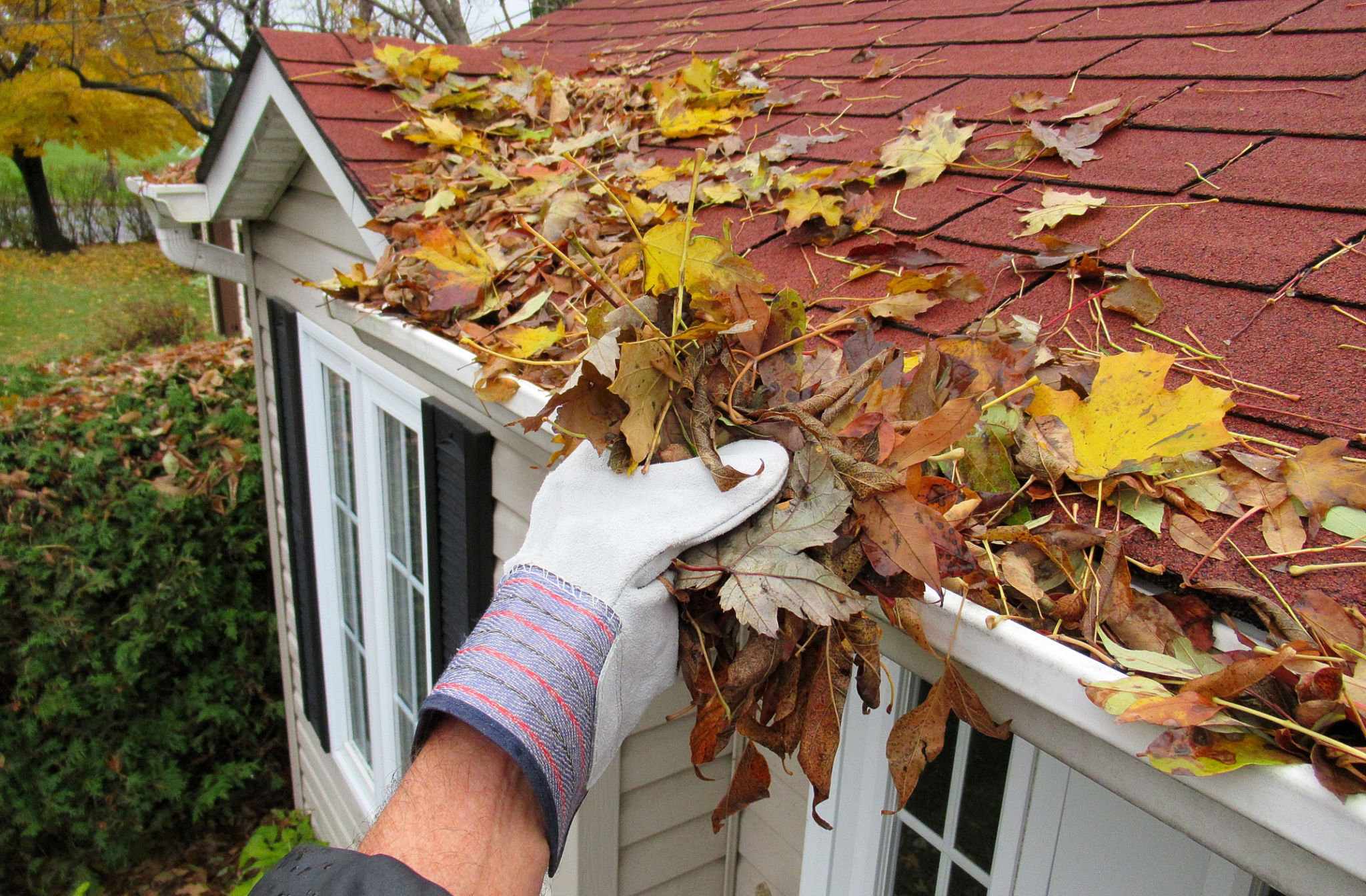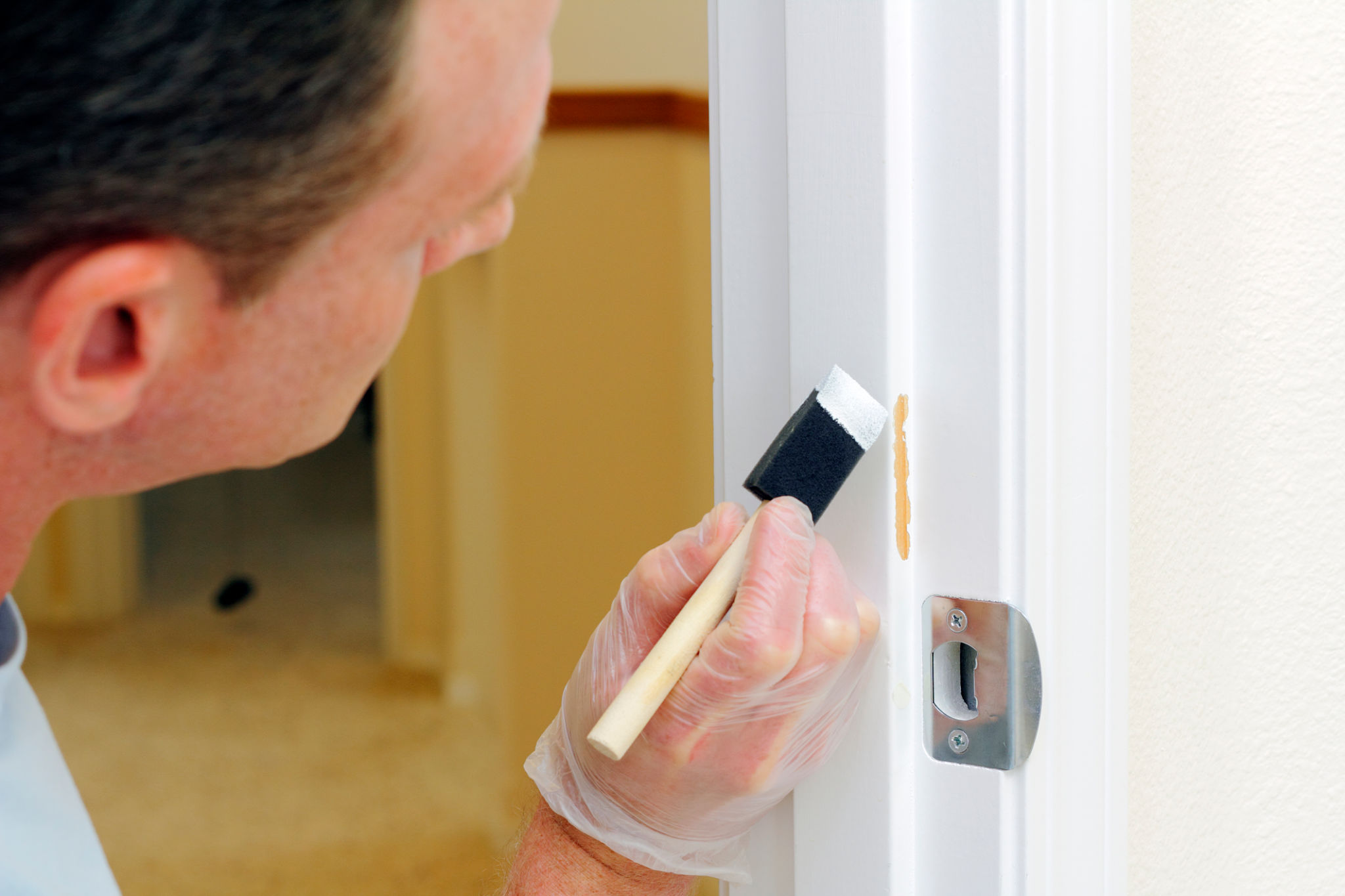Expert Tips on Maintaining Your Home's Exterior Paint in Changing Seasons
Understanding the Impact of Weather on Exterior Paint
Maintaining your home's exterior paint can be challenging, especially when faced with changing weather conditions. Each season brings its own set of challenges, from the scorching heat of summer to the freezing temperatures of winter. Understanding how these weather patterns affect your home's exterior is the first step in ensuring that your paint remains vibrant and protective.
Summer heat can cause paint to crack and peel, while winter's cold can lead to moisture buildup and mold growth. Spring and fall, with their fluctuating temperatures and humidity, can also take a toll on your home's exterior. By understanding these challenges, you can take proactive steps to protect your investment.

Regular Inspections Are Key
One of the most important tips for maintaining your home's exterior paint is to conduct regular inspections. At least twice a year, inspect your home's exterior for signs of wear and damage. Look for peeling, cracking, or fading paint, as well as any signs of mold or mildew growth.
By catching these issues early, you can address them before they become major problems. Regular inspections also allow you to keep track of how your paint is holding up against the elements and make informed decisions about when it's time for a fresh coat.
Proper Cleaning Techniques
Keeping your home's exterior clean is essential for maintaining its appearance and longevity. Dust, dirt, and debris can accumulate on your walls, leading to paint deterioration. Regularly washing your home's exterior with a mild detergent and water can help remove these contaminants.
Use a soft-bristle brush or a pressure washer set to a low setting to avoid damaging the paint. Be sure to focus on areas that are prone to dirt buildup, such as under eaves and around windows.

Choosing the Right Paint
The type of paint you choose can significantly impact how well your home's exterior holds up over time. Opt for high-quality, weather-resistant paints that are designed to withstand the specific climate in your area. Look for paints with UV protection to prevent fading from harsh sunlight.
Additionally, consider using paints with mold and mildew inhibitors if you live in a humid area. These paints can help prevent the growth of unsightly and damaging fungi on your home's exterior.
Touch-Ups and Repairs
Even with the best maintenance practices, small areas of damage or wear may still occur. Addressing these issues promptly with touch-ups can prevent them from worsening and help maintain a uniform appearance. Keep a small amount of your exterior paint on hand for quick touch-ups.

Conclusion: A Commitment to Maintenance
Maintaining your home's exterior paint requires ongoing attention and care, but the effort is well worth it. By understanding the impact of different seasons, conducting regular inspections, cleaning properly, choosing the right paint, and performing timely touch-ups, you can keep your home looking its best year-round.
With these expert tips, you'll be better equipped to protect your home from the elements and ensure that its exterior remains beautiful and durable for years to come.